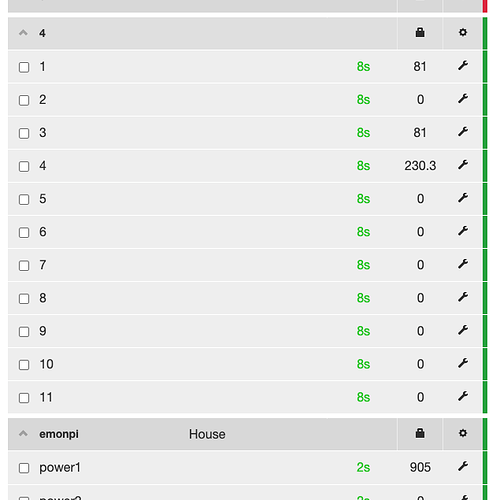Hi
I have bought a second emonpi to give me readings from my garage to watch seperate draw of energy from the main house. I have read the logging remote section which is written primarily to log to emoncms.org. However, I assume that I simply overview the relevant section in the emonhub config file for emoncms.org for my local installation on the other emonpi?
I have also just realised that both nodes are called emonpi - for some reason I cant seem to be able to change the node on either of the devices…
I couldn’t find any discussion in the community on and thread where people have done this… I just wanted to check was on the right path before corrupting my main house emonpi.
Both node
Cheers
NeilB
Edit - changed thread name to avoid confusion with the Sense energy monitor. BT, Moderator

